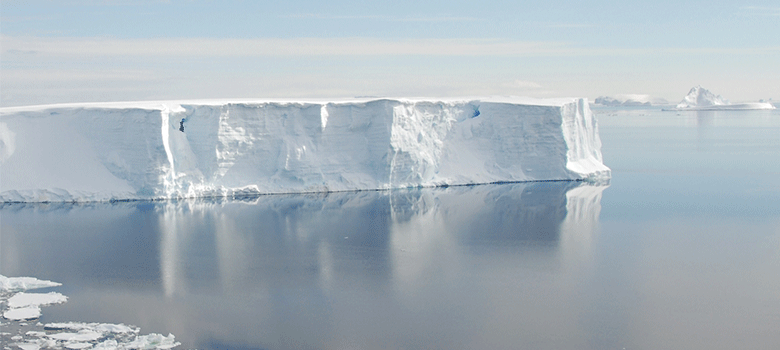
- Awards
- Federal Partnership
- Funding
Portions of artificial Mars landscape rest along the walls of the UTSA Center for Advanced Measurements in Extreme Environments (CAMEE), where Kiran Bhaganagar, the center’s director, spoke about plans to use a recent $2 million grant renewal from NASA to fortify a culture of student success.
The terrains of outer space and earth are two focal points for the center, where students conduct research on extreme conditions such as oceans and polar warming, sweeping wildland fires, volcanoes and planetary atmospheres. The UTSA students also study the challenging conditions produced when traveling at hypersonic speeds.
In addition to supporting graduate and undergraduate researchers, the newly awarded funds will allow for laboratory renovations that will expand the center’s research on extreme landscapes. The center already has a test-site for a student-developed 3D-printed Mars Rover. In the new lab, students will be able to incorporate virtual reality modules and additional 3D-printed robotics to their projects.
Working with big data, high-speed experimental wind tunnels, in-situ ocean and volcanic measurements and turbulence high-fidelity models, students will have the chance to further explore the extraterrestrial environments of the Moon and Mars along with Earth’s extreme climate.
UTSA received an initial $3 million from NASA in 2019 to develop CAMEE. The center promotes interdisciplinary collaboration across multiple colleges, training a diverse group of students from undergraduate to doctoral levels in multidisciplinary research and data-fusion technologies.
CAMEE has become crucial to projects on this planet. For example, increasing occurrences of wildfires have prompted students at UTSA to study preventive methods. Through their research, they are filling the gap in the fundamental science of predicting and controlling wildland fires, Bhaganagar said.
This fire research includes mapping the climate with drones to predict the direction of a fire. Students are also using drones, land rovers and sensors to study the air, land and water. The goal is to provide proactive research to battle wildfires, Bhaganagar explained, adding that her hope is to apply real-time data research in the form of sensors for fire department personnel.
“The students’ experience is just as important as the research they are conducting,” Bhaganagar said. “We are fostering a collaborative space where students receive hands-on involvement in their work.”
By 2028, UTSA hopes to provide 75% of its undergraduate students with hands-on learning experiences before they graduate.
Since assuming the helm of CAMEE, Bhaganagar has worked to establish the center as a hub of inspiration to ignite curiosity in students at a young age through peer mentorship programs. UTSA’s CAMEE hosts events with the goal to increase the involvement of women in STEM through tours of various labs with female researchers on hand to showcase their work. Undergraduate, graduate and doctoral students also participate in educational outreach programs with visits to elementary classrooms.
One of NASA’s top priorities is developing its next-generation workforce by encouraging females and underserved student populations to become interested in science, technology, engineering and math curriculum from, starting at the K-12 levels and advancing into college and beyond. UTSA’s designation as a Hispanic Serving Institution, and its commitment to become a model HSI that advances social mobility and economic opportunities for Hispanic students and their communities, were important factors in NASA funding CAMEE.
Explore Further
- Learn more about UTSA’s NASA Center for Advanced Measurements in Extreme Environments.
- Explore the UTSA Department of Mechanical Engineering.
- Discover the UTSA Department of Earth and Planetary Sciences.
Four CAMEE students, including an undergraduate student, interned at NASA this year. Several doctoral students have also been recognized with awards, like Mansi Joshi, who was awarded the Future Investigators in NASA Earth and Space Science and Technology Fellowship.
“We want to establish a culture for the students while nurturing a pipeline through basic exposure, a deeper understanding and love for learning,” Bhaganagar said. “Their enthusiasm along with the support from UTSA leadership and the dedication of CAMEE thrust leaders in hands-on training has contributed to these successes. Our vision is to continue expanding the reach of CAMEE to more students both at UTSA and in south Texas.”

